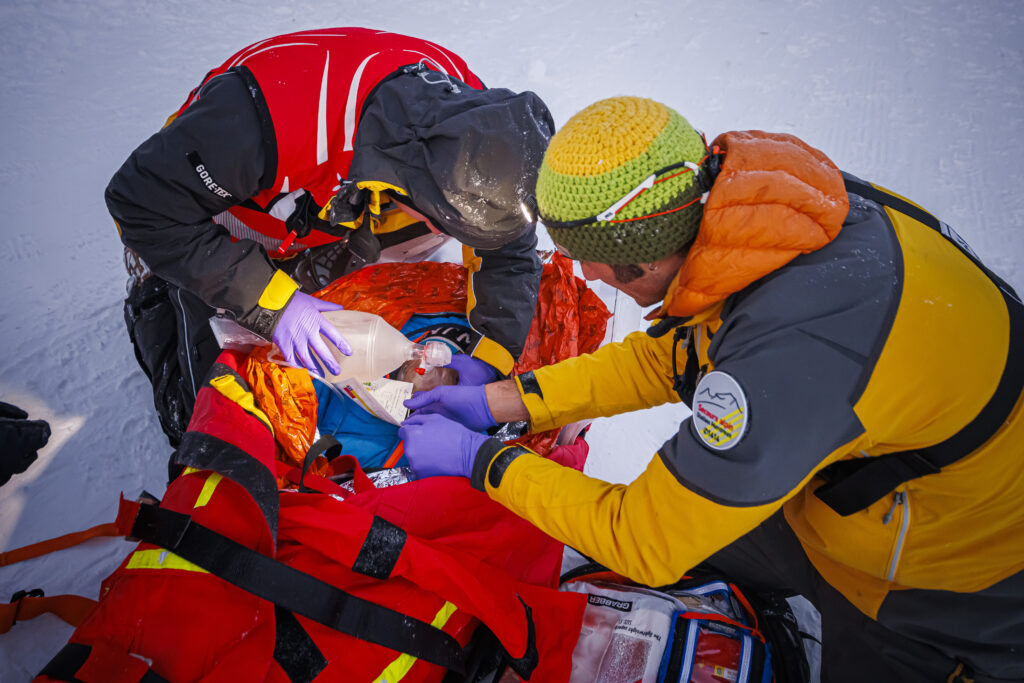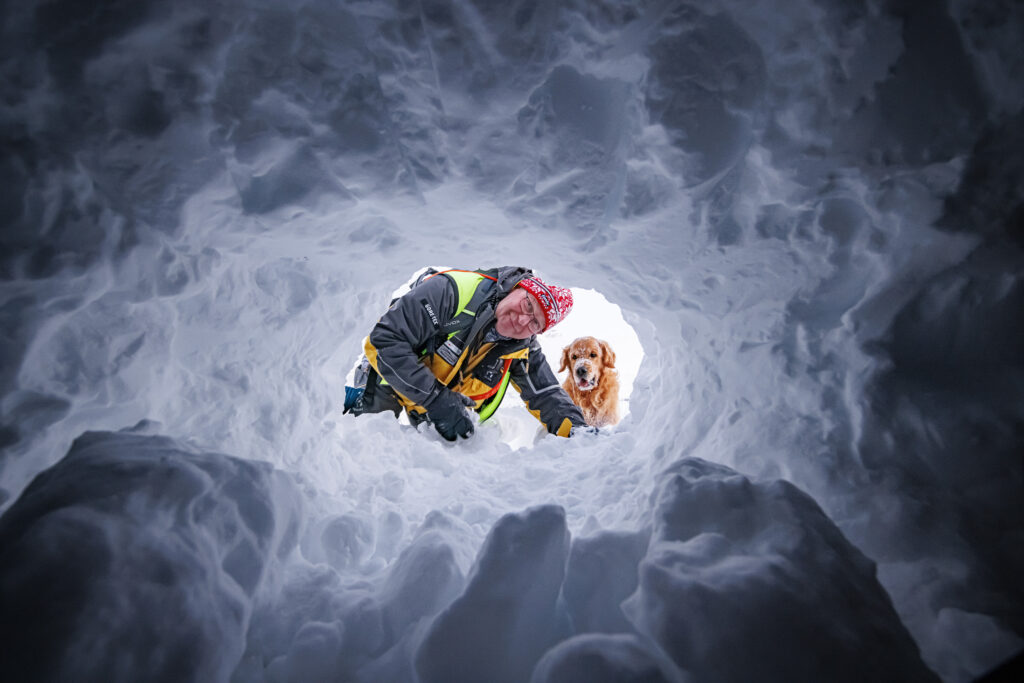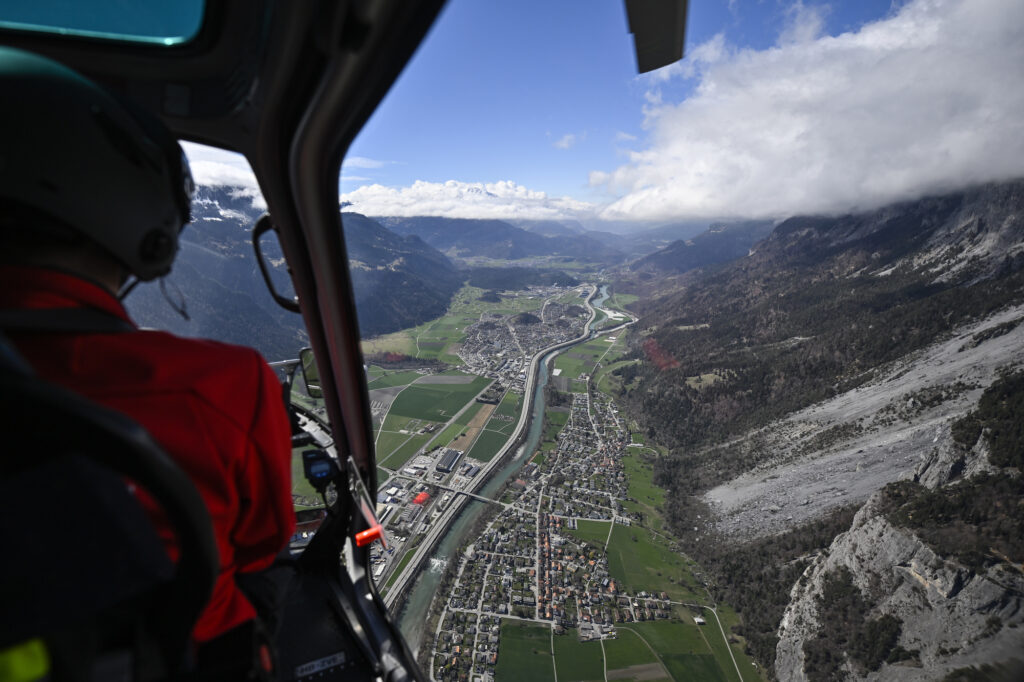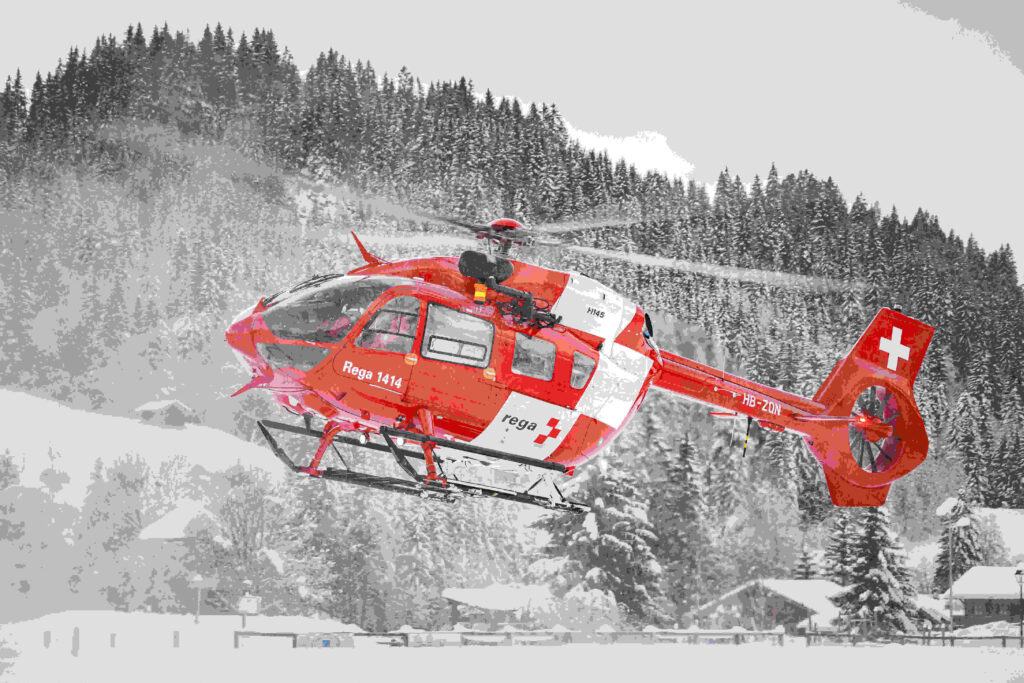mar, Avr 25th 2023

Rega, the Swiss Air-Rescue force, recently announced that 2022 was the “busiest year in its history” with more than 21,000 missions bringing medical assistance by helicopter to 14,000 people in distress.
The nonprofit’s mission is to bring swift, professional medical assistance by air directly to the patient. It carries out helicopter and ambulance jet missions in Switzerland and abroad for those in need — and it’s been doing just that for a remarkable 70 years.
Within Switzerland, Rega’s red and white helicopters are best known for rescuing skiers and hikers in distress.
On Easter weekend alone, Rega’s helicopters were called 150 times. The domestic operations ranged from rescuing mountaineers trapped on the north face of the Eiger, a paraglider stuck in a tree, and various others who had accidents in the mountains.
Before 1946, an air rescue mission to the Alps had never been attempted. But this all changed on November 24, 1946 when an American passenger plane became stranded on the Gauli Glacier in the Bernese Oberland.
In a spectacular feat, Swiss military pilots Victor Hug and Pista Hitz managed to land two military planes on the glacier. While working closely with the mountain rescuers, they transported everyone to safety. This daring rescue marked the birth of air rescue in Switzerland and foreshadowed the beginning of Rega.

In 1952, following this successful rescue, Dr. Rudolph Bucher founded Swiss Air-Rescue under the umbrella of the Swiss Rescue Association (SLRG). The organization would later change its name to Rega, which was created by combining letters from the name “Swiss Air Rescue Guard” as it was written in German (Rettungsflugwacht), French (Garde Aérienne), and Italian (Guardia Aerea).
Shortly after opening its doors, Rega was called on for help. In the winter of 1953, a rough storm hit the Netherlands, causing levees to break and flood hundreds of villages. It was a devastating catastrophe for the low-lying nation.
Swiss Air Rescue pilots and parachutists spent the next three days and nights on duty at the North Sea. This mission was the first time Swiss Air Rescue used a helicopter in a rescue operation.
Seventy years later, Rega’s mission has changed little, but its impact and success have sky-rocketed. Today, Rega has three ambulance jets and 14 helicopter bases in Switzerland. It operates as an independent non-profit foundation with around 400 employees. And as the organization says, it is “at the disposal of the Swiss people 24 hours a day, 365 days a year,” at home and abroad.
This level of service is only possible thanks to Rega’s generous donors and unique patron model.

Rega’s patron model is considered one of the organization’s most innovative ideas. It started in 1966 when Rega failed to secure financial support from the Swiss government. Undeterred, Rega’s founder Fritz Bühler turned to the public for help. He offered free rescue to anyone in return for donations of 20 CHF or more. This funding model is still in place today.
“In the vast majority of countries around the world, air rescue is a task financed by the state and carried out by private contractors, such as commercial air rescue companies,” says Rega spokesperson Corina Zellweger told House of Switzerland.
“In Switzerland, things are different: Rega is a private, non-profit foundation supported by more than 3.6 million patrons, which ensures basic medical care from the air. This independence allows us to put the well-being of patients at the center of everything we do,” Zellweger added.
Today, patron contributions and donations cover approximately 63.5% of Rega’s costs, with insurance companies covering the rest.
Rega is on standby around the clock to respond to calls – both in Switzerland and abroad. While you will hopefully never need to use its services, it’s good to know that in case of a sudden illness or injury, you can be airlifted from almost anywhere back to safety.
With Rega’s state-of-the-art emergency app, you can alert the Rega Operations Center with a single tap, and your position coordinates will be automatically transmitted. Rega’s website says the app “enables us day after day to come to the aid of people in distress as swiftly as possible.”

The magic number to call: is 1414. There are 14 helicopter bases spread out across Switzerland to ensure that any location can be reached within 15 minutes. Transfer flights from one hospital to another are also an integral part of their services.
If serious medical problems arise while you are abroad, you can request assistance by calling Rega’s 24-hour emergency number. Depending on the severity of the medical emergency, Rega’s medical consultants will advise you over the phone or arrange for you to be flown back home.
Rega does not offer its members a contractual commitment to cover rescue costs. Instead, they try to cover the costs of rescuing their members within the limits of their resources. According to the Conditions of Patronage, Rega can waive or reduce the costs of the rescue mission, whether wholly or in part, if the patron’s insurance does not cover them.

Rega continues to focus on innovation to provide the best air rescue services.
This year, for example, Rega debuted its latest drone equipped with sensors to scan large search areas. For the 2024/2025 season, the organization plans to replace its entire H145 fleet with these modern five-blade rotor helicopters.
Rega also reported an increase in its donors last year. By the end of 2021, it had nearly 3.7 million donors, a net gain of 53,000 compared with the end of the previous year.
“We would like to thank the Swiss population for their ever-increasing support and will continue to work tirelessly to provide modern, countrywide, and patient-oriented air rescue services in Switzerland,” says Michael Hobmeier, Chairman of the Foundation Board.
More on how to become a Rega patron.
Cet article peut être librement partagé et réimprimé, à condition qu'il renvoie clairement à l'article original.
